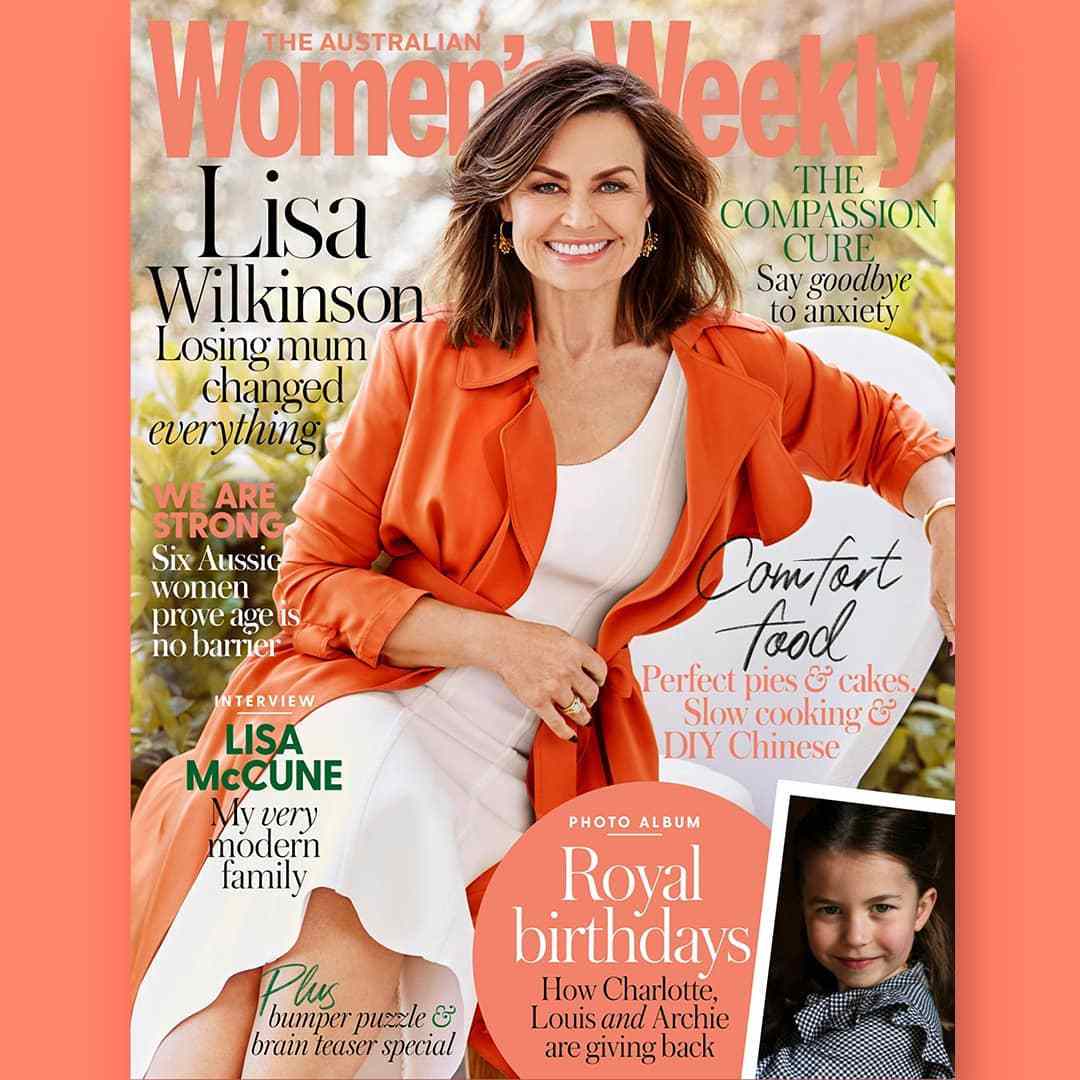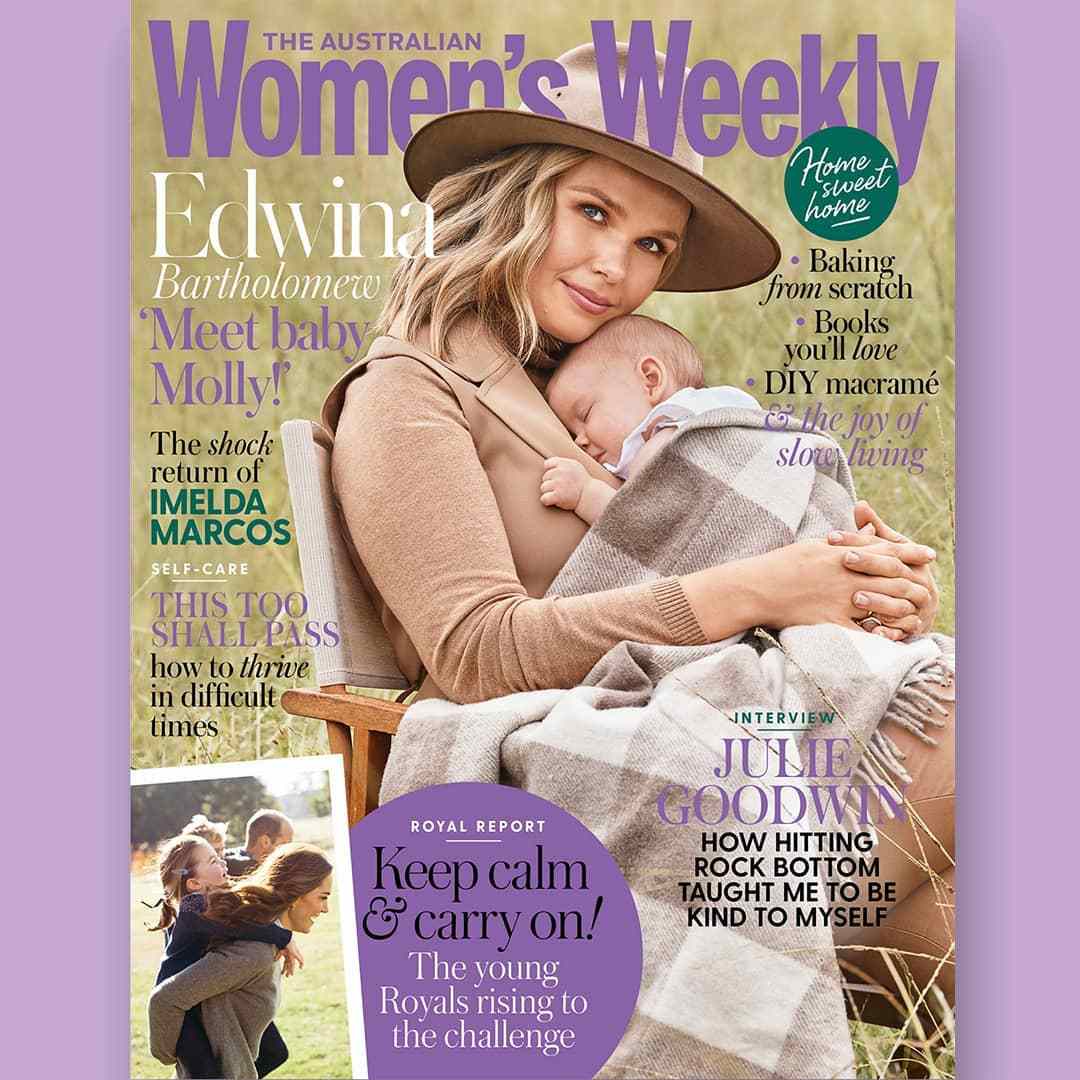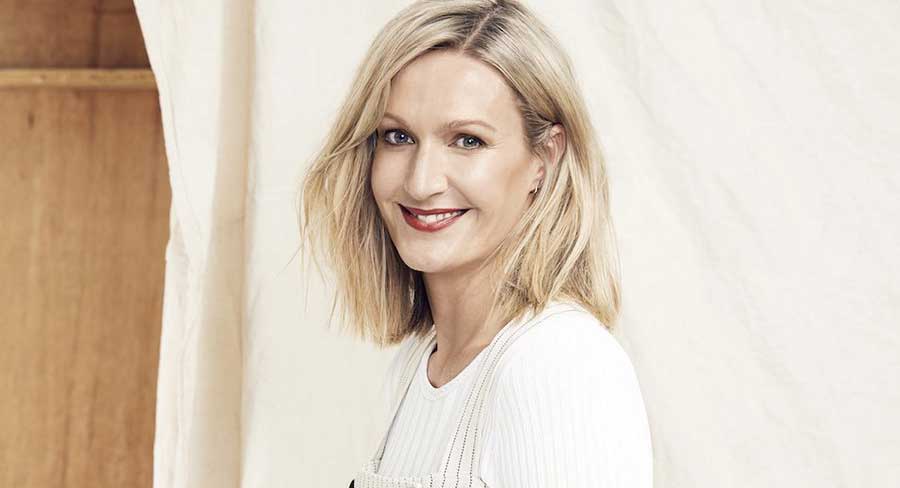The boss of Australia’s biggest magazine now has a new job title to represent a big job in the publishing world. After the merger of Bauer and Pacific the editor-in-chief of The Australian Women’s Weekly, Nicole Byers, now oversees two additional magazines as her new title indicates – group editor-in-chief/associate publisher, The Australian Women’s Weekly, Country Style and Better Homes & Gardens.
We assume The Weekly sells more copies than any other magazine, but since Bauer and other publishers suspended circulation data it is hard to know. The title certainly drives the single biggest magazine digital audience as the key title in Bauer’s Now to Love digital offering. New emma data released today shows the Now to Love audience on 3,909,000. The closest competitor is now just down the corridor, Bauer’s New Idea.

In magazine print readership, Better Homes and Gardens ranks #1 with 1,730,000 versus 1,357,000 for The Weekly.
Sales results for magazines have been mixed during the pandemic. “As you can imagine we are not doing terribly well at the airports at present,” Byers told Mediaweek. “Where we have been performing well is in supermarkets with very healthy sales. Advertising has been challenged, but our subscription numbers are good with people wanting the magazine delivered and finding out how to organise copies for isolated fiends. Reader feedback has been strong with more people having time to engage with us.”
Of her new role, Byers said: “There are some real synergies between the titles and I am looking forward to working with the teams on the two magazines.” Byers will remain hands-on as editor-in-chief of The Weekly.
Byers, like the rest of the Bauer Media staff, continues to work from home.
“I have made a couple of guest appearances in the office,” she said. “I have had to go in a couple of times as we re-organise space to accommodate the new titles that have moved from Pacific. But I am mainly working from home.”
Byers explained that when the work from home order was first introduced The Weekly had just delivered an edition to the printer, giving them a few weeks to test out their new workflows before they had another edition due.
“The IT side of things has worked very well for us. However creating the content has been more of a challenge.”
She might not be visiting 54 Park Street much, but Byers has been busy in remote meetings partly because of the additional duties she now has following the Pacific merger. “The rest of the Weekly team are having regular online catchups, but in general less meetings which has let them spend more time on the content.”
Post COVID-19 will see more magazine staff working remotely, said Byers. “We have learnt a lot. We even did a story not long ago about people’s body clocks and how some are more creative and prolific in the evening while others are more morning people. Where we can we will be flexible around peoples’ working preferences.
“It is also about lifestyle choices. Some of our staff enjoy being able to go for a walk in the middle of the day, maybe even go horse riding, before jumping back on their computer, maybe late at night.”
An added bonus has been not having to print out everything multiple times during the production process. “One of the bad habits we have shaken off is using the paper job bags being circulated and the sky hasn’t fallen in. We will be using online methods that allow us to monitor workflow rather than rely on old fashioned systems.”

The Weekly has been using Trello software to track where jobs are in the system. “Some of our staff have also picked up new digital skills as their needs change. Our food editor who normally spends her time in The Women’s Weekly test kitchen furiously triple-testing recipes had a bit more time on her hands so during isolation with a tech-savvy daughter helped her master the art of creating food videos. It was something she hadn’t tried before and it has proven very popular with our followers.
“With very few fashion shoots our style director has been doing videos too, in her case tutorials on how to clean out your wardrobe, sorting your clothes, fixing up your jewellery and things like that. It has been welcomed by our readers on social channels.”
Regarding the different digital platforms, Byers noted the collaboration between them all has never been stronger. “Some of the videos have been repurposed for different platforms, for example one might want a longer or shorter version of something.”
Compiling editorial for the next issue has been the team’s biggest challenge given when they first started #WFH there was a bank of material to call on that hadn’t yet been used. “The stockpile has started to dry up. The next edition is the most creative one we have had to put together. The team has had to read the stories very carefully to work out how to best visually represent them. Previously we have usually done a photo shoot with the protagonist in the story, but now we don’t have that luxury. Some of the things being considered are collages, illustration and other things. It has been a positive thing to have different creative considerations to draw on. The staff have enjoyed the challenge, although it has been tricky in some cases.”
Recent editorial has included one of the staff writing about being in lockdown with a partner who was vulnerable to infection after returning home from heart surgery. The magazine has commissioned content from people living in rural areas about growing your own vegies or having chooks in the backyard, something Byers said she thinks is more appealing than ever to people now regardless of where they live.
Some potential problems haven’t turned out to be roadblocks for the title.
“Some of the writers were initially concerned about doing phone interviews. We normally push to do face-to-face interviews with our subjects, whether it is a celebrity or otherwise. Being with them gives the writer a better experience. It allows them to read the body language and report of the colour of the situation. But so far they have found by using the phone that some of the subjects open up a little bit more when they are not sitting in front of someone.”
The first Women’s Weekly photo shoot for some time is a portfolio of nurses. Byers: “We visited hospitals around the country and there were no stylists, no photo studios, just the photographer and the subject. It turned out very raw and authentic and it really fitted the mood of the story. In some cases less is more and that was certainly the case in this instance.
“Having said that we are looking forward to getting back to some glamorous photo shoots eventually.”
The isolation edition covers have so far have featured Seven’s Edwina Bartholomew and more recently Lisa Wilkinson. “Edwina was shot with her beautiful new daughter on her property and it was an issue that sold very well because it summed up the importance of family in these times and was in the country where many of us would like to be right now.”
When asked about what readers want right now, Byers referred to the company’s Story 54 division and recent research it has done. “We have to acknowledge COVID-19 and how it has changed our lives. From us people are looking for ways to navigate through it rather than hard news stories.
“We have covered resilience, the importance of friendship and connection. Also things that everyone is talking about like baking your own bread, gardening and growing vegetables. Subjects that are almost back to basics.
“People are also looking for joy and laughter, so we are trying to temper our content with some humour and some light-hearted offerings too.”
